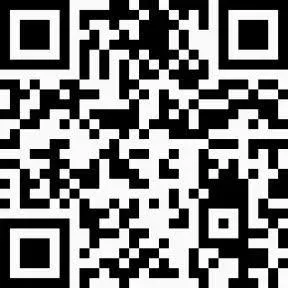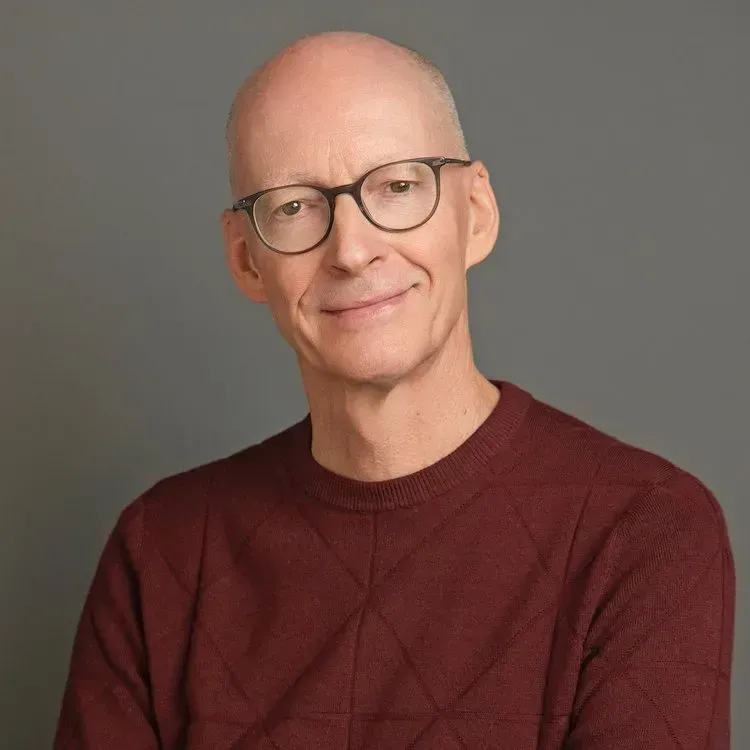Food is often at the heart of culture. It ties people to their pasts, whether it’s an old family recipe passed down through generations or a cultural staple connecting people to their heritage. Food brings people together; it is often the first thing people think of when they prepare for holidays or birthday celebrations.
But when we examine LGBTQIA+ culture and history, it is often ignored. Determined to understand how meals have shaped the cultural zeitgeist of the Queer community, author and chef John Birdsall set out to answer the titular question posed by his latest book, What Is Queer Food?: How We Served a Revolution.
“Food shapes Queer and Trans lives and identities in ways unimaginable,” Birdsall told the SGN. “I think the main difference between most of the 20th century and the first quarter of the 21st century is intention: Many LGBT+ people today have the power and the space to use food to nurture made families, to proclaim identity, to reject the destructive rules and control mechanisms of the patriarchal past, to organize and find our place in the world with food.”
Throughout his book, Birdsall explores the intention behind Queer food, from the tables of James Baldwin and Alice B. Toklas to the drag brunches and Gay bars of today.
“I want What Is Queer Food? to inform the present moment, as well as the future, to tell stories about unrepresented folks who, through great difficulty, used food to overcome, or survive, or to celebrate in secret,” Birdsall said. “I feel like every overt, public expression of Queer solidarity through food that we’re capable of today is also a recognition of those who came before us and kept Queer culture alive as a legacy.”
Each chapter of What Is Queer Food? takes readers on a journey into the often-private lives of Queer people throughout history. Birdsall tells their stories through the foods they cooked, consumed, and sometimes cried over. Starting at the end of the 19th century and working up until the 1980s, the book explores everything from the seemingly mundane to some of the most well-known moments of LGBTQIA+ history through minute details, and, much like with food, it's those that make all the difference.
“By immersing readers in the stories of Queer figures from history, known and unknown, I wanted to create an emotional language of struggle and survival, joy and perseverance,” Birdsall said.. There are so many brilliant LGBTQ+ histories out there. I wanted to add one based on unexpected discoveries rooted in the little details of cooking and eating, in cookbooks that had to pass as straight, and in the effort to build Queer public restaurant spaces.”

Inspiration
For a man whose life is entrenched in Queer history, Birdsall’s inspiration for the book came from a deeply personal place. He explained how, growing up in suburban California in the late ‘60s, there were two men he called his uncles, Pat and Lou, a Gay couple who bought a house and settled down together but were “pariahs” to most neighbors.
“My parents got close to them, though,” Birdsall said, “and for about five years, on weekends when my parents hung out with them or at parties… before I was whisked home to bed, I soaked up their domestic life, their social life with Gay friends who’d drive down from San Francisco. It was magical for me: men who had a food life so different from my family’s, a life with food that centered pleasure and extravagance, being fully alive in the world.
For Birdsall, food represented the privacy and domesticity of home life, a form of intimacy. It was something shared with trusted people, something considered sinfully indulgent yet also required for sustenance. In shared meals, he met his first Gay role models.
“In May 1969, a month before Stonewall, Pat had a sudden heart attack and died” Birdsall recalled. “And though, at 10 years old, I didn’t know what was going on, I watched how everything they were was disassembled by family members who swooped in from the Midwest and erased everything of Pat from Lou’s life. Years later, when [I] looked back with perspective and understanding, I had so much anger and sadness that I needed to process.”
Inspired by Pat and Lou, Birdsall began researching people's lives relegated to history’s closet. Throughout his studies, he kept returning to that one element that centers community and brings people together: food.
“I felt like researching and writing about Gay and Lesbian people in earlier generations, trying to uncover their food lives, was a way of correcting the injustice I felt about the silence and erasure,” he recalled.
What Is Queer Food? is a tribute to history’s roommates, forgotten lovers, meals shared among found families, and also a promise to the future. The book leaves readers with a hopeful message that the LGBTQIA+ community is resilient and creative and that we have come together bearing casseroles and cakes for one another in good and bad times. If the future will throw something at us, let it throw a pie.
“I hope readers will recognize the texture of Queer lives from the past in new and unexpected ways: in the wording of a recipe or in the dishes we made for one another and the world outside our communities,” Birdsall said. “I hope readers come away with an expanded notion of the possibilities of Queer expression and with greater admiration for our Queer ancestors who built the world we’ve inherited.”
Support the Seattle Gay News: Celebrate 51 Years with Us!
As the third-oldest LGBTQIA+ newspaper in the United States, the Seattle Gay News (SGN) has been a vital independent source of news and entertainment for Seattle and the Pacific Northwest since 1974.
As we celebrate our 51st year, we need your support to continue our mission.
A monthly contribution will ensure that SGN remains a beacon of truth and a virtual gathering place for community dialogue.
Help us keep printing and providing a platform for LGBTQIA+ voices.
How you can donate!
Using this link: givebutter.com/6lZnDB
Text “SGN” to 53-555
Or Scan the QR code below!



